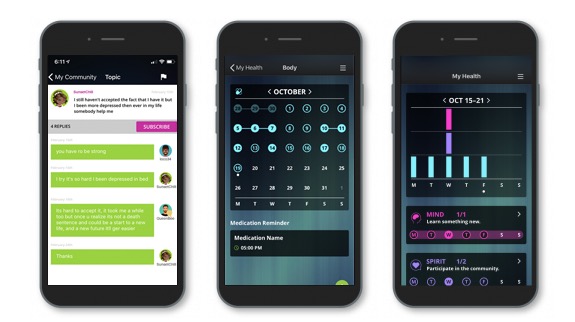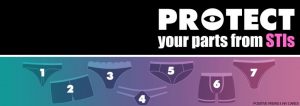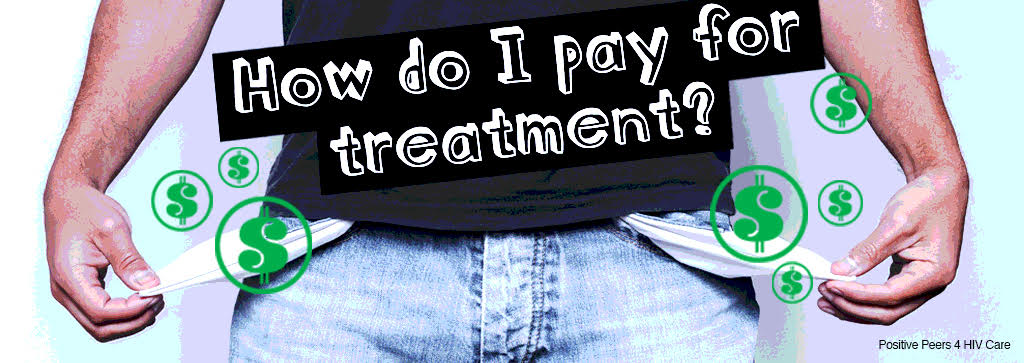
By: Jennifer McMillen Smith, LISW-S, HIV Social Worker at MetroHealth Medical Center and medically reviewed by Ann K. Avery, MD, Infectious Disease Physician at MetroHealth Medical Center
Let’s face it, healthcare coverage can get expensive! When you have a ton of bills to pay on top of healthcare costs, it can get overwhelming, fast! Try not to despair because we’ll let you in on a little secret: there are actually a lot of different ways to help cover your HIV treatment costs.
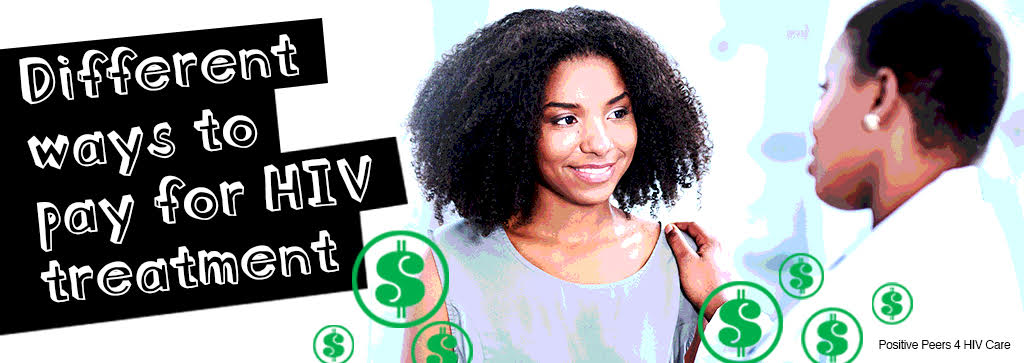
So what are the different ways you can pay for your HIV treatment?
- Health insurance: This might be the first option that comes to mind. Whether your insurance is through work or the Marketplace, it’s intended to help you cover your medical expenses. You may be worried about paying for treatment through private health insurance because the copays can really add up. Less than one-third of folks living with HIV pay for the treatment with private insurance. But if you’re lucky enough to have it, you may also qualify for the Ryan White program to cover the cost of your premiums and copays, as long as you make less than 300-500% of the Federal Poverty Level (FPL) in most states. For example, in Ohio, if you make $62,000 per year and have insurance through your employer, you still qualify for the Ryan White program to cover your premiums (the amount your job takes out of your check to pay for your health insurance) and copays.
- Medicaid and Medicare: This is the most common way to pay for HIV treatment. Medicaid is intended to help with the healthcare costs of eligible families, pregnant people, and disabled people. In states with the Medicaid expansion, this also includes people who make less than a certain income, usually 133% of the FPL. In other states, people don’t qualify for Medicaid until they have AIDS or their HIV disables them. Medicare is intended for people who are either 65 and older or disabled. Be wary of the Medicare “donut hole,” which means your Medicare coverage for your meds will reach a limit and then you’ll be expected to take on more of the cost. A Ryan White program Medical Case Manager can help you navigate these complicated systems.
- AIDS Drug Assistance Programs (ADAP): These programs are funded by the Ryan White HIV/AIDS Program to help people with low income get the treatment they need. Many people with insurance get help from ADAP to help pay for their HIV drugs. Many states and communities also have their own assistance programs to help provide HIV treatment for those who need it.
- Patient Assistance Programs (PAPs): For people who don’t have insurance and don’t qualify for Medicaid, Medicare, or AIDS Drug Assistance Programs, PAPs are a lifeline. They are programs through drug companies that provide meds to people who need them for free or a reduced cost.
- Copay Cards: Most pharmaceutical companies that make HIV drugs also have copay card programs that can cover up to $600 per month in copays for people with private insurance. Amazingly, there are no income guidelines for these cards! Ask your social worker in the clinic about them.
The Veterans Administration, Indian Health Service, and federal programs for women and children can also help to qualify people with their drug costs.
Come join our private, stigma-free, supportive community.
Health management tools with medication & appointment reminders.
Social networking in a community conversation & private chats.
Keeping the cost down
It may just help your peace of mind to learn that there are ways to keep your treatment costs down long-term! Eating healthy foods and getting regular exercise are great, but there are other things that will help keep your healthcare costs down too.
- Take your meds: There’s a reason your doctor instructs you to take your meds a certain way: to keep you healthy. Skipping doses or stopping your meds altogether makes it a lot easier for your HIV to become resistant to drugs, which will end up costing a lot more over time.
- Don’t let cost deter you: Most importantly, don’t let the cost of treatment stand in your way of getting it. You need treatment to stay healthy. Using the resources in this article and talking to your doctor and local HIV clinic or organization will help you figure out all your options. Social workers are the most helpful resources when it comes to getting meds paid for.
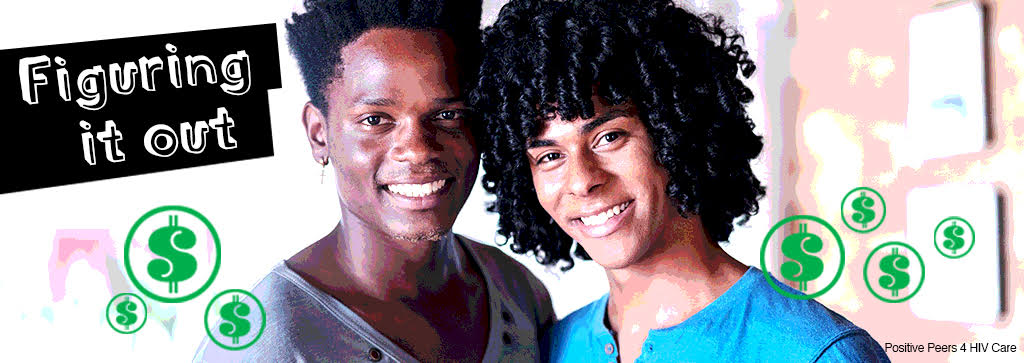
Figuring it out
It’s hard to stay informed when you don’t know all your options, and it’s hard to know all your options when it’s difficult to find the info you need. Don’t underestimate the value of talking to those around you. Your primary care physician and doctors know a lot and can point you in the right direction. It’s the job of your Medical Case Manager to help you figure out your payment options, and local HIV clinics and organizations are always happy to help.
Don’t be afraid to pass your knowledge along to friends and family living with HIV. You may just be able to save them from feeling lost about how to get healthcare and medications paid for.
Related Blogs:
